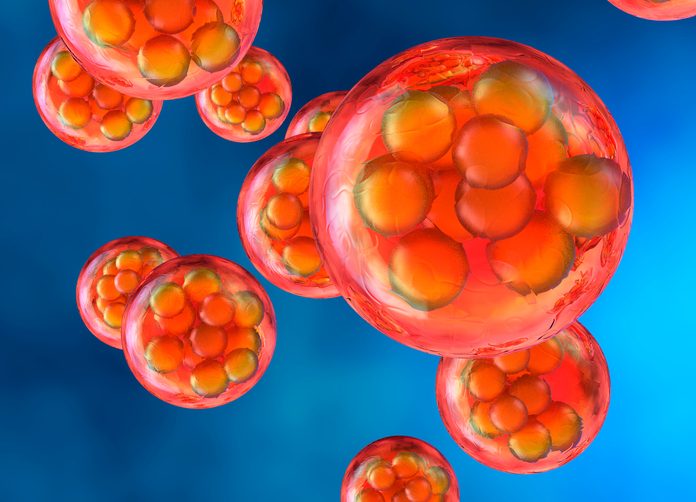
Partitioning is expensive, but barcoding is cheap—that’s the idea behind a new technique for single-cell analysis. By dispensing with fancy cell sorters, custom microfluidics, and microwells, and introducing budget-friendly combinatorial barcoding, this new technique promises to democratize single-cell transcriptomics.
The new technique, which is called split pool ligation-based transcriptome sequencing (SPLit-seq), was developed by scientists at the Allen Institute and the University of Washington. These scientists described how SPLit-seq works—and how it may benefit cost-conscious laboratories—in a paper (“Single-Cell Profiling of the Developing Mouse Brain and Spinal Cord with Split-Pool Barcoding”) that appeared March 15 in the journal Science.
With SPLiT-seq, cells are never isolated. Instead, the cell is used as an isolation compartment for its own RNA. Pools of cells are split into multiple groups where a barcode is added to their RNA. This process is repeated multiple times to give the RNA of each cell a unique combinatorial barcode. This allows researchers to profile the gene expression of many cells at the same time and classify them into types.
“In the first round of barcoding,” the authors of the Science article indicated, “cells are distributed into a 96-well plate and cDNA is generated with an in-cell reverse transcription (RT) reaction using well-specific barcoded primers. Each well can contain a different biological sample—thereby enabling multiplexing of up to 96 samples in a single experiment.
“The use of the first-round barcode as a sample identifier makes it possible to profile a large number and variety of samples in parallel, thus minimizing batch effects. As the number of unique barcodes grows exponentially with the number of barcoding rounds, larger numbers of cells than presented here could be processed by adding a fifth barcoding round or by switching to a 384-well plate format.”
Just sticking with 96-well plates throughout can yield 21,233,664 barcode combinations (three rounds of barcoding in 96-well plates followed by a fourth round with 24 PCR reactions)—enough to uniquely label over 1 million cells. With numbers such as these, the cost-limiting step becomes the cost of sequencing.
“It is easy to imagine extended applications, such as targeted sequencing of gene panels, which would even now benefit from very large cell numbers and only require shallow sequencing depth,” the authors noted.
“To understand any multicellular biological system, we need to understand its building blocks, its cells,” said Bosiljka Tasic, Ph.D., a scientist at the Allen Institute. “The brain contains many cells of different shapes and sizes, but a universal approach to characterize and classify them does not exist.”
As this comment indicates, the Allen Institute/University of Washington team demonstrated SPLit-seq in a transcriptomic analysis of brain tissues—brain and spinal cord tissues from mice, to be specific.
“We used SPLiT-seq to analyze 156,049 single-nucleus transcriptomes from postnatal day 2 and 11 mouse brains and spinal cords,” the Science paper detailed. “Over 100 cell types were identified, with gene expression patterns corresponding to cellular function, regional specificity, and stage of differentiation.”
“We defined many new molecular markers for specific cell type,” said Georg Seelig, Ph.D., a synthetic biologist at the University of Washington. “Our experiments cost just a penny per cell. SPLiT-seq significantly lowers the barrier for labs that want to do single-cell profiling but can't afford expensive, specialized equipment.”
“Many diseases, such as Alzheimer's and Parkinson's, begin with dysfunction in certain cell types,” Tasic added. “Insights into what those types are and which genes have gone awry will lead to a better understanding of how these diseases start and progress, and how to treat them.”
Characterizing RNA in single cells is a way to classify cells, but the existing methods are expensive and require specialized equipment. Since SPLiT-seq can be done with basic equipment in any lab, it may lead to wider adoption and standardization of single-cell transcriptomics.”











